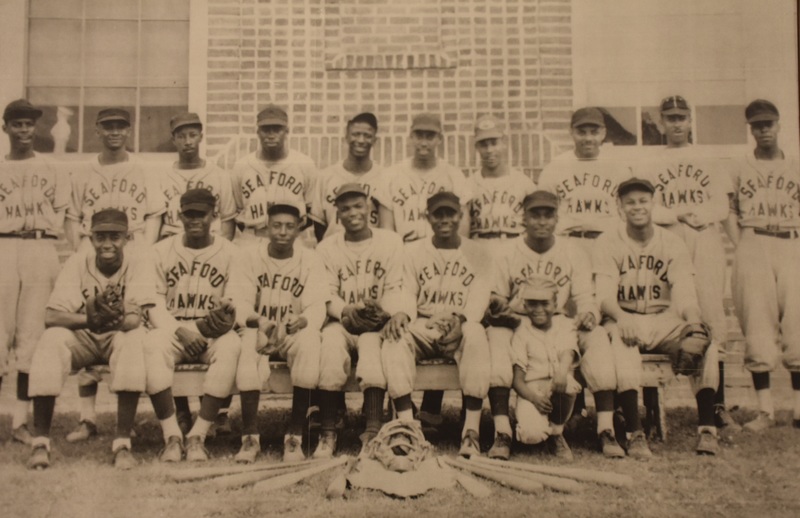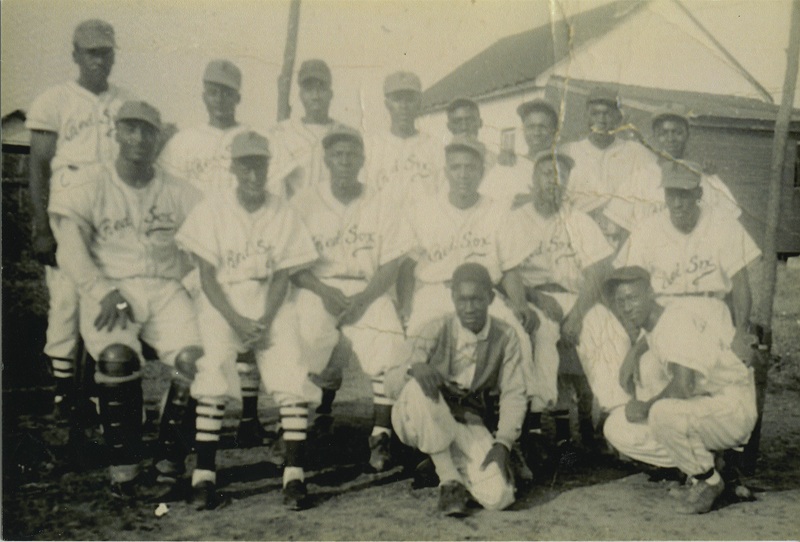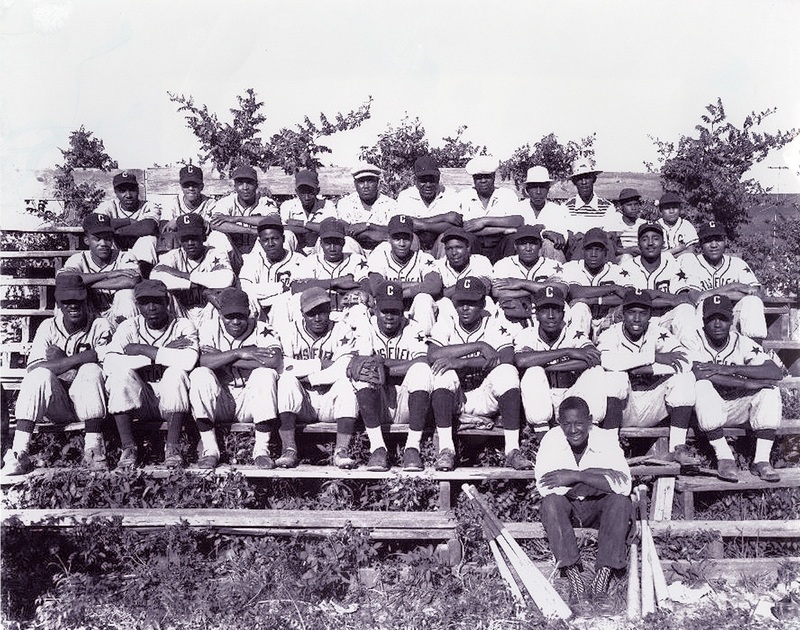A Game Divided
Baseball was equally popular and significant in African American communities on the Eastern Shore, but from the earliest days of baseball there were attempts to segregate league play in the sport. In 1867, the National Association of Amateur Base Ball Players elected to reject applications from African American clubs. In 1876, the professional National League had an unspoken rule among owners that black players were not to be permitted.
In the early 1900s, African American players formed their own teams and leagues on the Eastern Shore. These teams mostly played after church on Sundays and holidays to large crowds. Family members working in nearby large cities would often return to the Shore on weekends, and the highlight would be the Sunday baseball game.
Early black teams without established ballparks played on makeshift fields, including backlots and farm fields. Uniforms and equipment were costly, and teams often had to make due with used, handed-down gear. Despite these obstacles, baseball brought neighboring communities together and games always ended in celebration no matter who won.
In 1932, the Eastern Shore Negro League was formed with eight teams from Centerville, Vienna, Easton, St. Michaels, Batts Neck, Stevensville, Cambridge, and Bellevue. While many white players advanced to the major leagues, this was not yet an option for equally talented black players. The league continued into the 1960s, but the word “Negro” was dropped from the name, even though the teams remained largely segregated.



